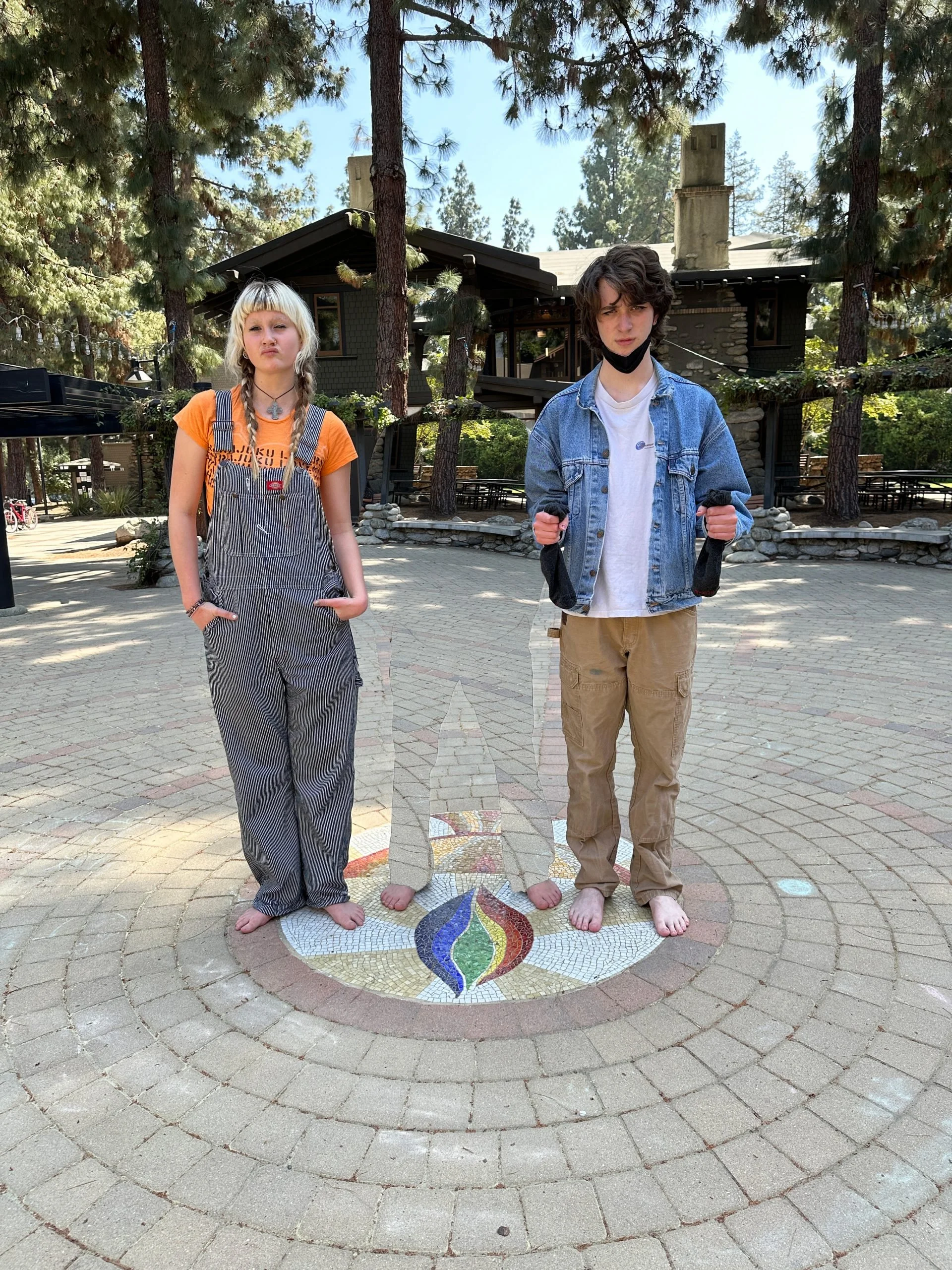Are Bare Feet UnBAREable at Sequoyah’s High School?
Sequoyah is famously a barefoot hippie-dippie school. At the K8 you can find tons of kids running barefoot all the time. Yet, bare feet are nonexistent at the high school. Is there a rule against them? No, or at least not one that is communicated to the students. In the student handbook, there is no mention of bare feet. In fact, Director of Social Innovation and Co-Director of Diversity, Equity, and Inclusion RJ Sakai says he doesn’t know the school’s official policy on bare feet. The only thing close to a barefoot policy is the dress code in the handbook: “Often on Social Innovation Program trips, students may be asked to wear attire appropriate for a professional setting.” However, these limited rules do not cover the other 31 hours of the school week.
Calina Ciobanu, Humanities Department Chair, attributes the wearing of shoes to “broader societal norms that suggest that people wear shoes and we carry those [societal norms] onto our campus.” Sakai also says that “high school people should wear shoes,” which seems to be most peoples’ opinion. K8 alumni Alice Knell ’26 discusses the idea that professionalism is needed in a high school environment, saying, “I think that some people feel that because we're a high school…we've grown out of going barefoot, which is not true. You can never grow out of being barefoot.” Another K-8 alum Lucy Pettit ’26 also objects to the trope of bare feet being unprofessional or immature, noting, “it does not highlight our lack of maturity to be barefoot.” Pettit also suggests a solution to the professionalism problem: “we could do it like they do on Zoom where we have…our blazers and our little ties and we're super mature on top, but we have bare feet.”
Yet, even the pro-barefoot people see the problems barefootedness could cause. Knell says, “although I would love if we had places [for bare feet], I think it'd be best if there were some designated places because I know that a lot of places [there is] a lot of broken glass and I stepped on a thing of broken glass and it got between my sandal…. So I feel like maybe…having designated areas.” Knell acknowledges the concerns for safety that other people bring up. Jason Mauff ’26 sees similar problems, saying “the school environment isn’t really a place that I think people can go barefoot because it’s not made safe for people not wearing shoes. It’s not like you can’t ever be barefoot but if you [do go barefoot it] would probably hurt. You [would] probably step on something.” Foot injury is a big problem at the K8 and the high school is more dangerous because it doesn’t have underlying systems, such as a splinter removing station, to deal with constant foot injuries; it also has more dangerous objects. Sophia Schafer-Wharton ‘26, who went to the K8 raises another concern about classrooms: “I feel like teachers could get upset if we were going barefoot in the classrooms.” Overall, bare feet don’t seem like the best fit for Sequoyah’s high school.
This brings up an interesting point: if bare feet aren’t a good fit for the high school, why is our paper called The Barefoot Times, and is the name still relevant? Some faculty believe it alludes to something special. Ciobanu says she “appreciate[s] the spirit of the name…I think it’s the spirit of inquiry and creativity and…free thinking.” Sakai adds that he “think[s] what is invoked in the name The Barefoot Times somehow feels appropriate to what we do and who we are.” This also seems to refer to The Barefoot Times' mission statement which is in part to produce a publication “in celebration of the times in all our lives where we have had the privilege and joy of going barefoot.” Students might have a different perspective on the name. Schafer-Wharton calls the name “misleading” and Pettit calls it antiquated “in terms of the high school.” When asked if the name should be changed, Mauff says “probably, but I don’t know what [to] change it to.”
Bare feet at the high school is a wacky topic, and Sakai adds an interesting perspective, namely that instead of the high school discouraging bare feet “it’s more [that] there’s something at the K8 that encourages barefootness,” which he says might be “the emphasis on play and getting dirty.” So the high school is just the grown-up (but still hippie) version of the K8 with different weird traditions, just no bare feet. If you do decide to go barefoot at the high school, though, take Mauff’s advice and make sure to “do it safely.”
